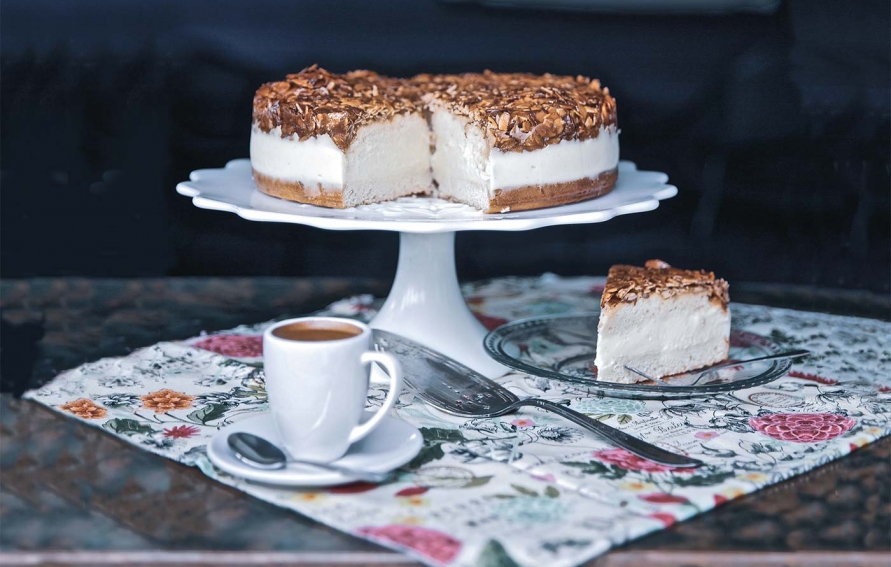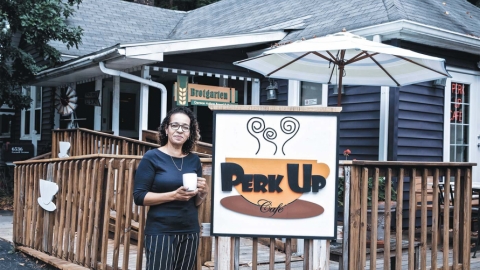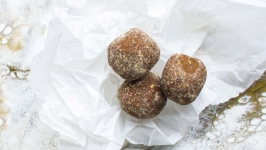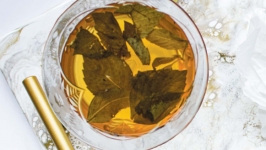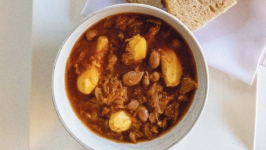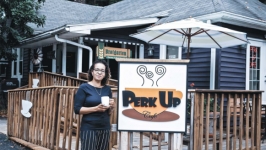Ingredients
- 375 grams (3.2 ounces) flour
- 15 grams (0.5 ounce) dry yeast
- 65 grams (2.2 ounces) sugar
- 1 pinch salt
- 1 egg
- 200 milliliters (7 ounces) lukewarm milk
- 50 grams (1.8 ounces) melted butter (cooled)
- 275 grams (9.7 ounces) sliced almonds
- 150 grams (5.3 ounces) butter
- 90 grams (3.2 ounces) sugar
- 3 tablespoons honey
- 3 tablespoons liquid whipping cream
- 1 liter (35.2 ounces) milk
- 4 egg yolks
- 200 grams (7 ounces) sugar
- 8 tablespoons cornstarch
- 1 pinch salt
- 400 grams (14.1 ounces) butter, room temperature
Preparation
Mix all ingredients and knead first at lowest speed in mixer with a dough hook (speed 2) and then for 5 minutes on highest speed (speed 4) to reach a soft doughy consistency. Leave dough covered in a warm area until volume has doubled.
For the topping, slowly heat butter, sugar, honey and heavy whipping cream on the stove top while stirring constantly until just boiled; then stir in sliced almonds.
Quickly knead the dough by hand on a floured surface, then roll out to fit into a 15- by 11-inch pan.
Line the cake form with baking paper (for easy removal of cake), put the dough in the form and spread the topping evenly over the dough. Bake in a preheated oven at 350°F (temperature and time might vary depending on oven) for 20 to 25 minutes, until the top is golden brown.
For the filling, heat the milk in a pot, reserving 7 tablespoons. Add the sugar, egg yolks, cornstarch and salt to the reserved milk, mix well and add to the milk in the pot when it comes to a boil. Remove from heat and stir, then bring to a boil again. Let cool to room temperature, then cream the butter in a separate bowl and add it to the filling slowly until thoroughly combined.
When the cake has cooled, slice through horizontally and fill with the pudding cream. Replace the top layer and cut into squares with an electric knife for serving. Or pre-slice the top layer of cake into squares with a serrated knife and place back on top of the pudding layer to make the cake easier to slice and serve.
About this recipe
Recipe by Jeanette Footman and Alice Matsuo
According to one German legend, the name of this cake came about when its honey topping attracted some bees that stung the baker who was baking it. No one really knows, but it is fun to speculate.

